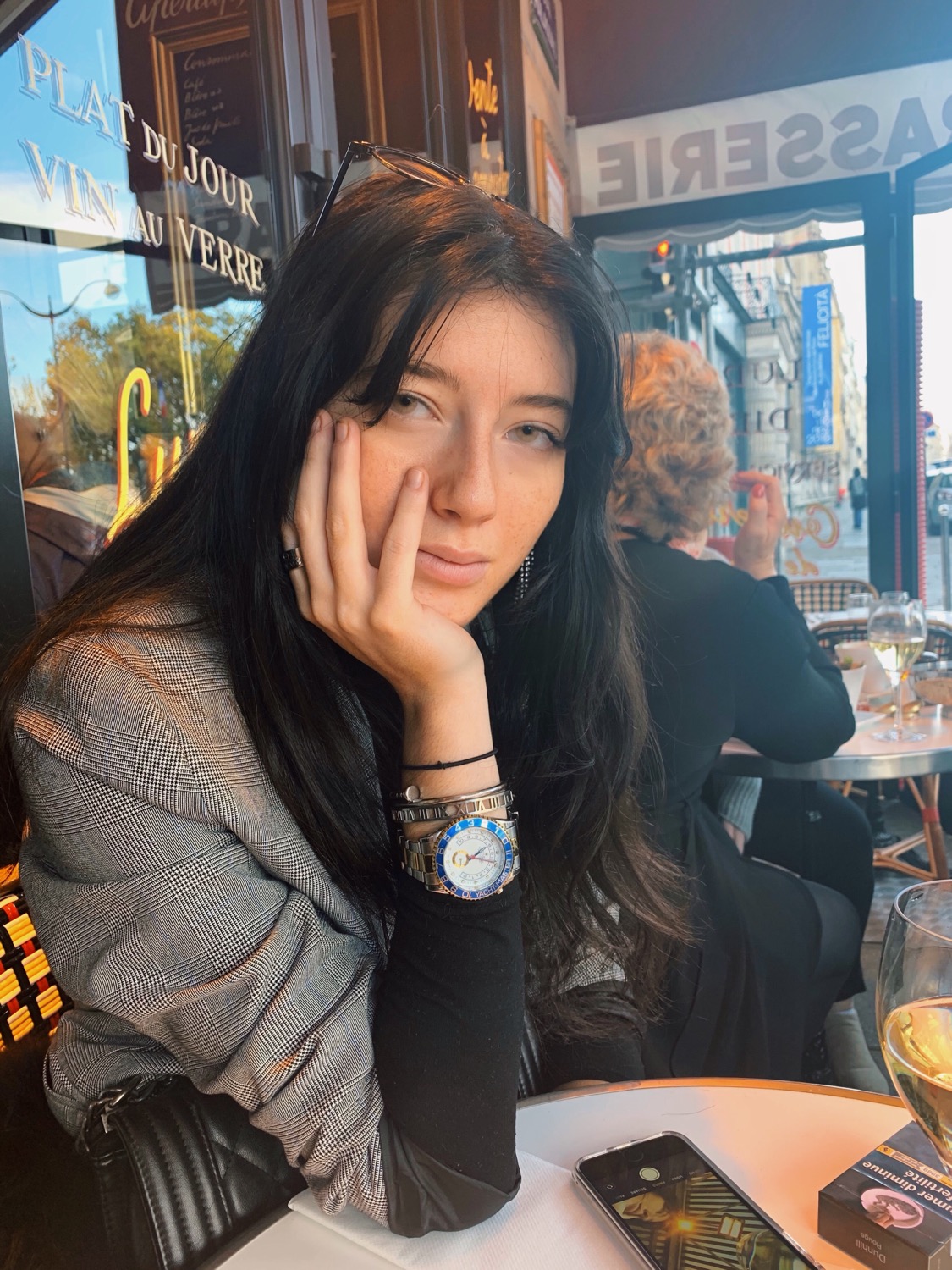REVIEW | 'THE SEAGULL' FAILS TO TAKE FLIGHT
- Victoria Comstock-Kershaw
- Sep 1, 2022
- 4 min read
Updated: Sep 4, 2022

I will be neither the first nor the last to make the claim that the greatest sin in bringing any of Chekov's plays to life is to forget one fundamental truth: that the majority of his works are actually meant to be quite funny. A slew of particularly grim productions in the 1980s left audiences and directors alike convinced that the only way to do Chekhov was to make it serious. The staging should be stripped back and bare-bones as possible, the actors should be in all black, the lighting should be either non-existent or reminiscent on an office block (I personally blame Trevor Griffith's 1988 production of The Cherry Orchard at the Old Vic, in which Anya stood on a stool with her back to the audience for the entire show).
It's for this reason that the opening scene of Jamie Lloyd’s production had me apprehensive: the audience is greeted by the cast in modern, muted costumes, with the only staging being several plastic chairs and a sea of cheap plywood. Lloyd’s aesthetic follows a very long tradition of making very expensive plays look like a stripped-back GCSE performance. However, any fear that the actors would mirror this sombre, lacklustre approach to decor is quickly assayed: the first act is capital-F Funny.

Anya Reiss’s translation is simply fantastic, building upon the kind of humour usually retained in Michael Frayn’s translations. The modernised references are subtle enough that they don’t retract from the original sardonicism of the text (eg: Range Rovers replacing chariots, for example). Her version is fresh and witty without losing its archetypal Realist nature, with some very clever re-arrangements of major elements towards the middle of the play. There’s also some seriously good acting from the likes of Indira Varma as cunning yet tender matriarch Arkadina or Sophie Wu as the brilliantly morose Masha, or Gerald Kyd as a tenaciously irritable Dorn. The first part of the production plays out almost like an episode of Faulty Towers: smooth yet chaotic, earnest yet insightful. It’s been argued before that Chekhov shares more traits with the Absurdists than the Realists and this production does such a notion proud. The breakdowns in communications, the complex love triangles, the petty drama are all put on wonderful display… that is, until about twenty minutes before the end of the first act.
This is because the three leads - Emilia Clarke as Nina, Daniel Monks as Konstantin, and Tom Rhys Harries as Trigorin - are all very serious. They are of course the star-crossed lovers, the turning points and climaxes of the show. They are also deathly dull about the whole thing. The last two scenes of the play are two conversation, one between Nina and Trigorin, the other between Nina and Konstantin. These conversations take up less than a quarter of the play in terms of text - and yet they constitute at least half of the run time. So what went wrong?

Clarke was a genius choice for Nina, a character who simply cannot imagine ever realising her dream of being famous or, gasp, on television! (Clarke is known for her role of Khaleesi on Game of Thrones, which has been watched by over 60 million people as of this year). Monks, who I saw in Teenage Dick at the Donmar a few years ago and was just as good Richard II then as he is as Konstantin now, was also a good choice. He is the physical polar opposite of the tall, blonde Harries, who was also decent (although both male leads suffered from pronunciation issues, a trend I’ve noticed in many young actors as microphones become more and more prevalent). It’s definitely not their acting that ruins the second half - it’s their pacing. You can tell Clarke is used to acting for a camera, rather than a live audience. Her scenes with both Monks and Harries are long, drawn out, with incredibly prolonged pauses and lots of staring longingly into eachothers eyes. This kind of spare dialogue can work well for television, because the space can be filled with things like clever lighting or cuts or sound effects that can heighten the tension. On stage, however, it is awkward at best and really, really boring at worst. As noted by Michael Longhurst to me in 2018 after a particularly long opening night, “[the misuse of] the Pinter pause is the worst thing to happen to modern theatre.”
The trouble is, it doesn’t have to be this way: Lloyd and Riess managed to tease out the Chechovian humour in the first half of the play and it’s anyone’s guess why they didn’t manage it in the second. I blame Lloyd more than Reiss - there are lines that have the potential to be deeply funny, if only they weren’t mumbled soppily into a microphone with the same theatrical intonation of a love-smitten teenager. It’s genuinely worth walking out at the interval - you are so deathly bored by the end of the second half that the great tragic twist at the end barely even registers. Chekhov will always be a tough balancing act between retaining his Realist vicissitude and recovering his Absurdist humour, and unfortunately Lloyd failed to keep the ball rolling into the second half.
The Seagull is on at the Harold Pinter Theatre, London until September 10th 2022.




